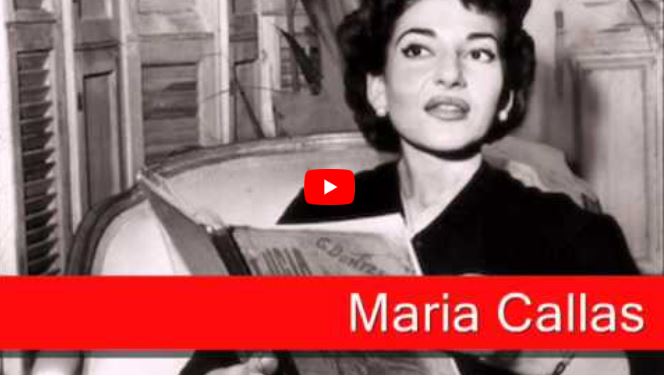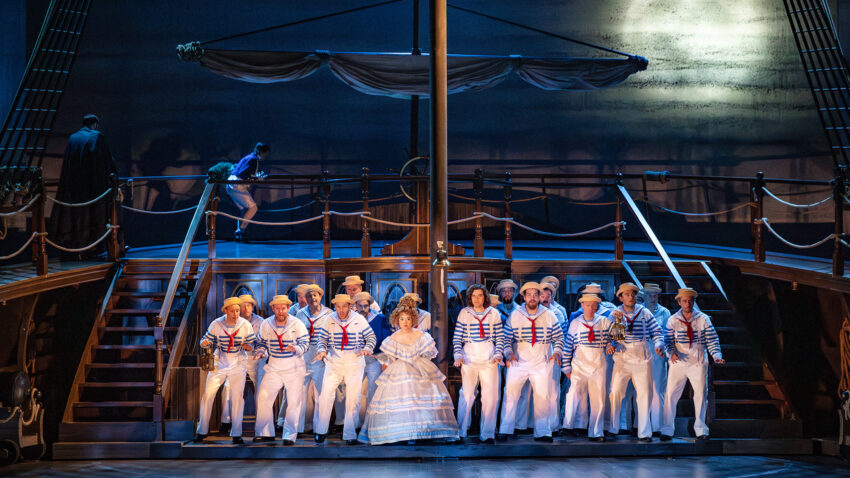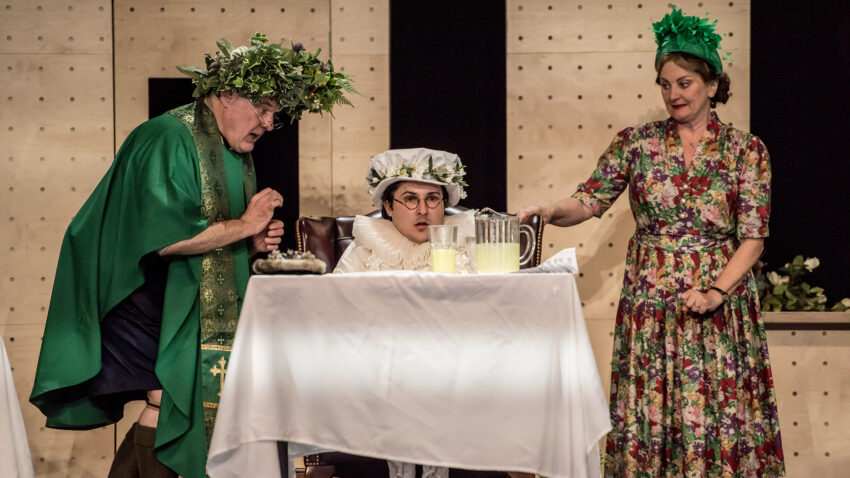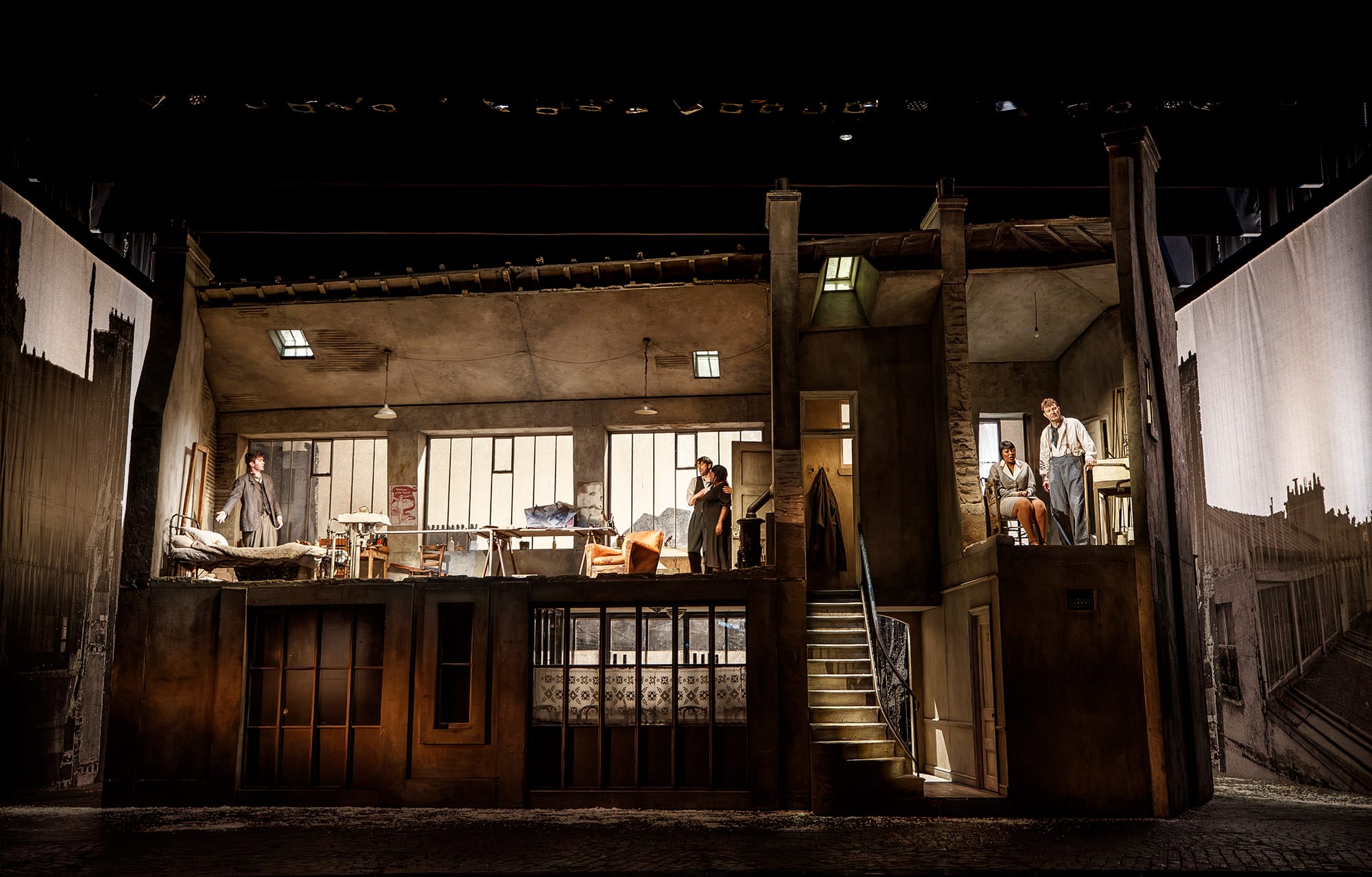Yeomen of the Guard – Gilbert & Sullivan
The Yeomen of the Guard is one of Gilbert and Sullivan’s most famous Savoy operas. It is set in the iconic Tower of London – the home of the Queen’s Yeomen of the Guards, who are more commonly known as Beefeaters.
The story is set around the titular Beefeater Sergeant Meryll and his daughter Phoebe. Typical to the opera genre, Phoebe has fallen in love with someone that she can’t have – a prisoner in her father’s place of work to be exact! What follows is a chaotic tale of multiple forbidden romances and family reunions. However, unlike previous G&S operettas, this tale does not have a happy ending, as perhaps love doesn’t conquer all.
Read the synopsis of The Yeomen of the Guard
Yeomen’s stray away from Gilbert & Sullivan’s signature joyful ending was due to Sullivan’s desire to return to grand operas. After all, this was the pair’s 11th opera together, which led to the composer wishing to return to more serious works after a long run of successful comic operas with Gilbert. Luckily, for audiences everywhere the pair managed to solve their creative differences, to not only finish this masterpiece, but go on to write 3 more operas, which are still loved by opera fans today.
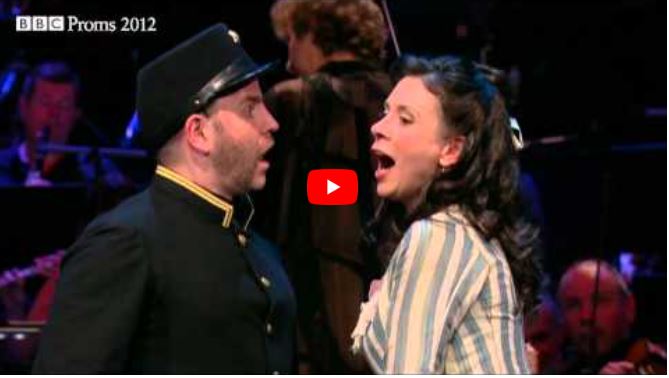
Gloriana – Benjamin Britten
Although Benjamin Britten’s three act opera, Gloriana , premiered shortly after the coronation of Queen Elizabeth II, it follows the story of Queen Elizabeth I. It’s set in the later years of her extraordinary 45 year reign, focusing mainly on her complex relationship with the Earl of Essex.
The Earl of Essex, like many noblemen at the time, was eager to gain more power and status in court. He leaned on his favourable relationship with the Queen to advance his position, eventually being appointed as her Deputy in Ireland. However, like most power hungry people, his obsession gets the better of him, resulting in his execution at the Tower of London, following the orders of the Queen herself.
Britten’s Gloriana stays true to the Elizabethan era, not only in the plot and decadent costumes, but in his beautiful score. Act II features Britten’s famous ‘courtly dances’ where the Queen’s ladies perform an extensive dance which is so energetic that she suggests they change their clothes once the performance is over. Today, the courtly dances have become better known as ‘Symphonic Suite Op. 53a’ – a collection of Britten’s opera songs from Gloriana.
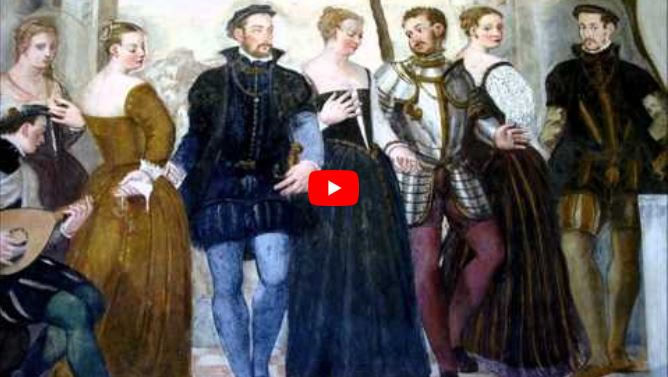
The Beggar’s Opera – John Gay
John Gay’s The Beggar’s Opera , is one of the most famous examples of a Ballad Opera. This new genre was a big hit with audiences in the 18th Century, as it satirised Italian Opera –which was hugely popular at the time. Instead of grand productions and elaborate scores, a Ballad Opera told stories of everyday people using songs audiences would already know, instead of composing original music. For example, The Beggar’s Opera featured music from the famous composer, Handel.
It follows the story of characters who would have been on the streets of London at that time, including a group of thieves and ladies of the night. However, it was a form of political satire that took jabs at the ‘higher classes’ including the government and those in high society. Although tackling difficult themes of poverty and political corruption, it’s a comic opera that is still popular with audiences today.
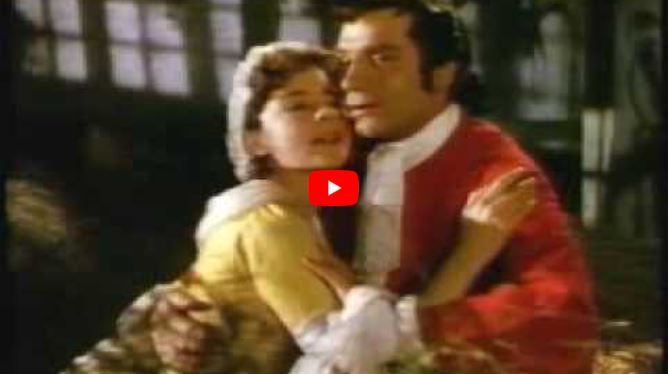
Anna Bolena – Gaetano Donizetti
Anna Bolena is one of the four operas about the Tudors by Italian composer Gaetano Donizetti. Set in the later part of Anne Boleyn’s life, this tragic opera follows her demise after falling out of favour with Henry VIII.
The opera begins in a place of uncertainty. The audience is introduced to Anne Boleyn in a time where Henry’s attentions have turned to Jane Seymour – Anne’s current lady in waiting. Henry sets a trap for Anne Boleyn by arranging her former lover Percy to come meet her in the hopes they would commit infidelity and he could divorce her. However, his plan goes slightly wrong thanks to Smeaton – Anne’s page who is secretly in love with her and comes running to her defence. Henry still catches Anne in a room with the two men, which was enough to sentence her to death.
Donizetti’s powerful opera re-tells history in a way which makes audiences sympathetic towards Anne Boleyn. Dismissed by Henry, she was manipulated, betrayed and sentenced to death for something she was innocent of, which may make you rethink everything you thought you knew about the infamous Tudor Queen.
Related Content: Operas based in Paris;
